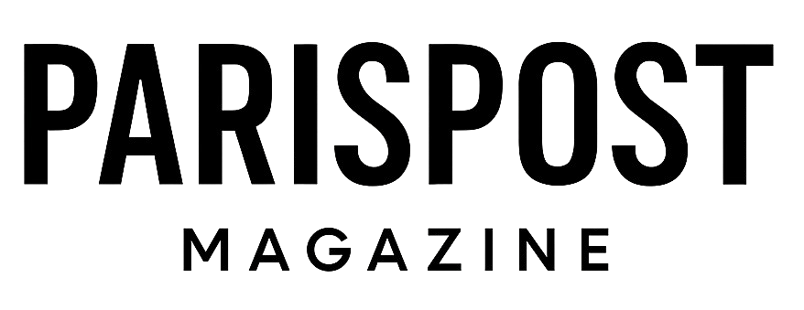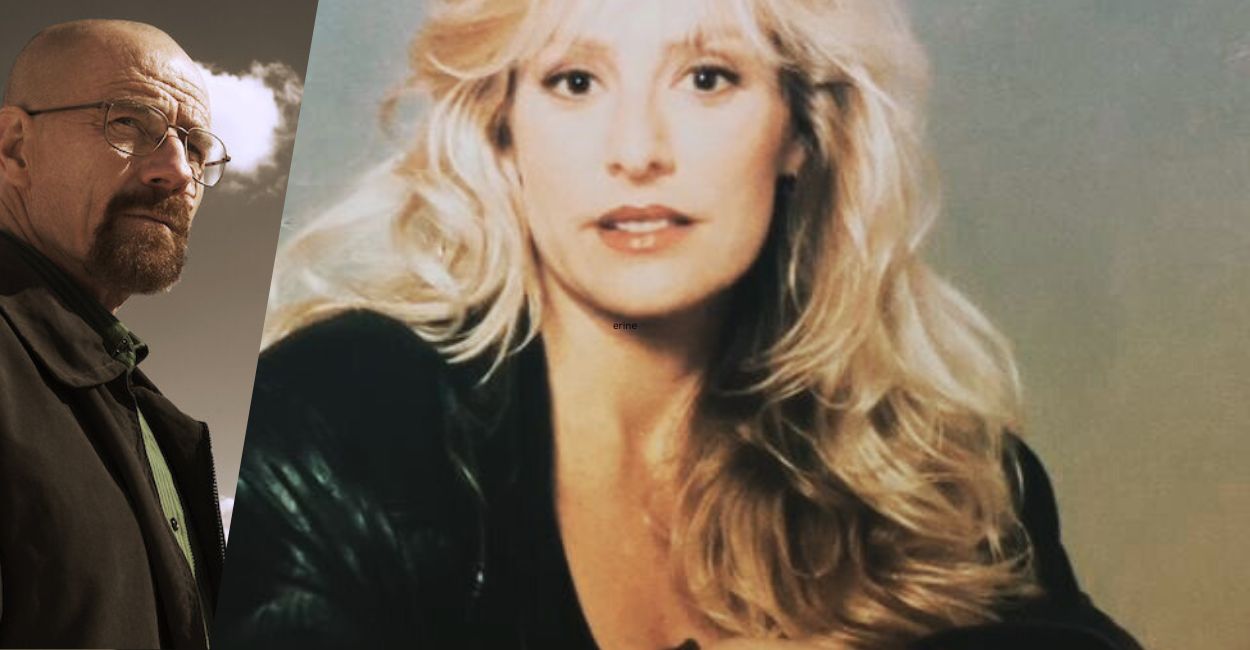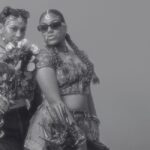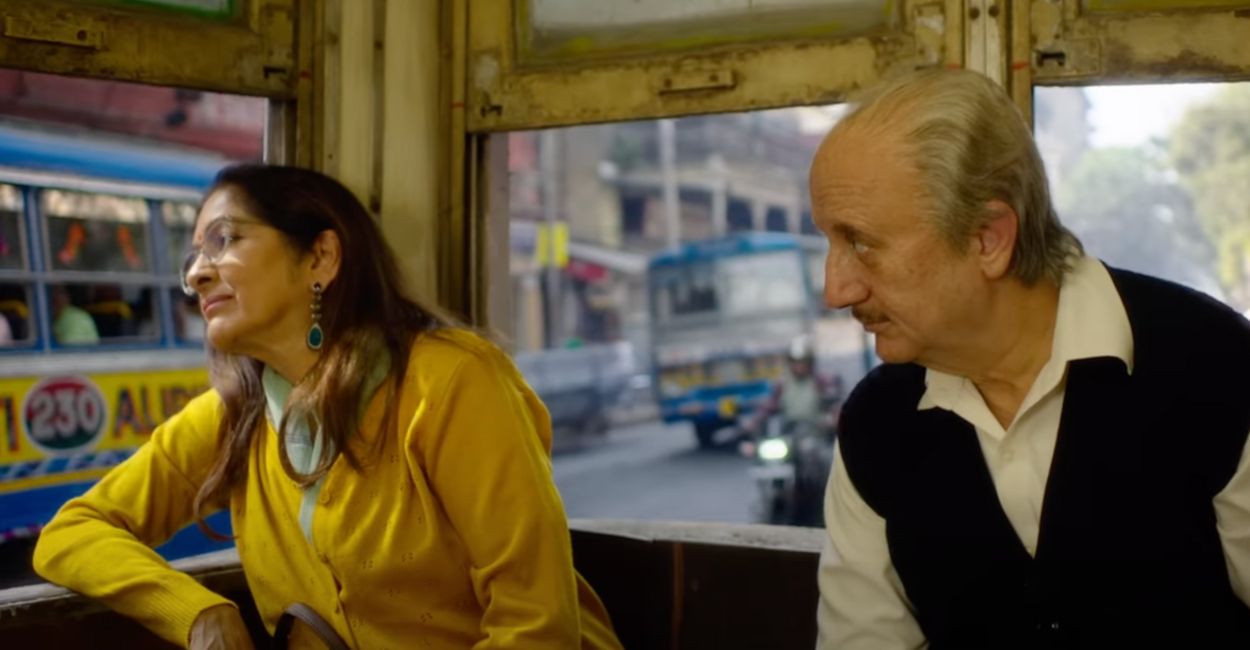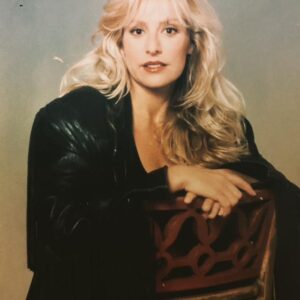
The clothes we wear on screen are rarely just clothes; they are visual shorthand for character, mood, and narrative trajectory. Few designers understand this language better than Kathleen Detoro, the acclaimed American costume designer whose eye for detail has shaped some of the most iconic looks in modern television and film. Learn how a fashion designer turns into a costume designer. Kathleen is best known for meticulously plotting the subtle, dramatic colour arc of Walter White across four seasons of AMC's Breaking Bad.
Detoro's work defines the aesthetic of a project, whether she is crafting the unsettling style of a thriller like The Guest or managing hundreds of period extras on a large-scale drama. In this exclusive conversation, the two-time Costume Designers Guild Award nominee takes us behind the racks to discuss the philosophy of "costume versus character", the unexpected logistical challenges of her craft, and the early childhood moment that first ignited her lifelong passion for dressing the world.
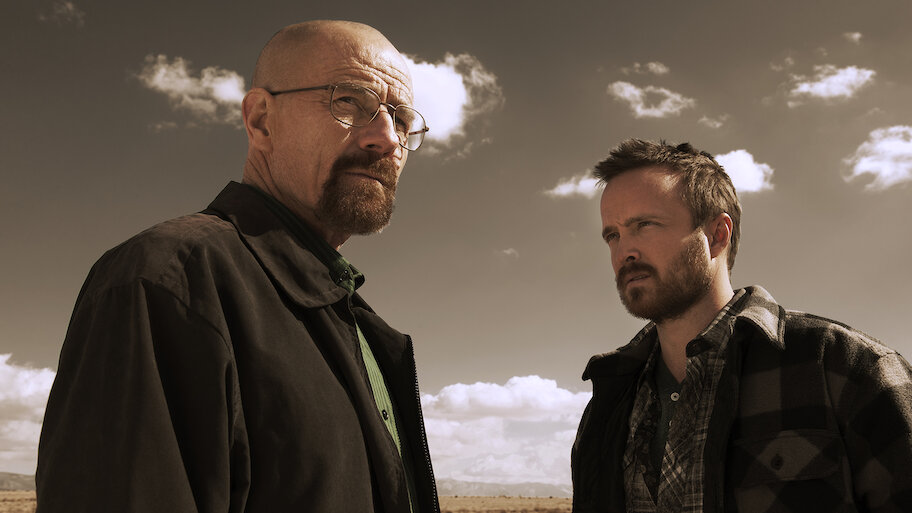
Inside the Mind of Kathleen Detoro: Crafting the Visual Identity of Breaking Bad
Interview with a Costume Designer: Kathleen Detoro
1. What first drew you to the world of costume design, and what was your career journey like from those early days to becoming an established designer?
“As a child I attended private school and wore uniforms my whole life; but in my play world I wore my mother’s beautiful gowns and dresses and jewelry…”
2. How do you define the role of a costume designer? Is it purely creative, or is there a deep technical and logistical aspect that people often overlook?
“The costume designer develops the look and feel of the show and its characters through design, color, shape, silhouette. I see the costumes as the arc or path for each character through the script.”
3. When you first read a script, what are the first few elements that jump out at you that start shaping your vision for the costumes?
“The first elements that jump out are often what the character is doing or thinking, and the surroundings they are in. Sometimes that brings the color palette to me.”
4. How do you approach the crucial early collaborative meetings with the Director and Production Designer to ensure your work aligns with the overall visual language of the project?
“I try to remain open to all the visual demands coming at me from production. I am never apprehensive about sharing a great idea—even if it’s different from what we discussed. The best collaborators are ones that are open to all opinions.”
5. What is your philosophy on "costume versus character"? Do you design clothes the character would choose, or clothes that reveal the character to the audience?
“This is sometimes one and the same; I design what the character would wear, and through this we see the character develop an arc of change.”
6. The color story for Walter White—from the opening neutral khakis to the deeper greens and eventually the ominous black of Heisenberg—is legendary. Can you describe your process for plotting that subtle visual character arc over four seasons?
“I love that word ‘Legendary’! I worked with Vince Gilligan, the creator of the show; we would have one meeting in prep every season to talk about ideas and color. I liked to know what he had in his mind about the characters. These meetings were generally about colors—who’s changing, who’s evolving, should we flip the color palettes?
One particularly important meeting was about the cousins’ suits, shirts, and boots—the boots really were a character of their own. The crew, mostly male, could not wait to see what shirts the cousins were going to wear. We custom made all their shirts—and TUCO’s too.”
7. Can you share an example of a time when the perfect costume unlocked the performance for an actor?
“I think for me it’s Walter White in his tidy-whities underwear, green shirt, and wallabies on the desert road in the middle of New Mexico.”
8. What are the unique challenges and considerations when designing costumes for a specific historical period (like the early 1960s in Vegas) versus a contemporary or futuristic setting?
“Period shows have a template of what was before in that world; still very complicated to remain true to the period. Contemporary and futuristic shows allow for more flexibility—they have not been put to bed yet in history.”
9. Could you walk us through the journey of a key costume, from the initial sketch or concept art to the moment it’s ready for set?
“Well, I just start with the basic idea of the costume; I consider the actor and what we are trying to project—pants, shirts, shoes. Then I shop or shop for fabrics, we cut and sew, we fit, we photo, we get approvals for filming. And for episodic work it is very fast. There can be 4–8 costumes per script.”
10. The Costume and Wardrobe Department is a complex machine. What does a typical day look like for a Wardrobe Supervisor or the on-set team during production?
“The wardrobe supervisor is often in the office or meets me at the set to start the day. Then one or both of us return to the office for fittings or meetings. The set costumers and background costumers are with the filming crew for the entire day—often a good 16 hours—to manage and control the costumes and set up for the next day.”
11. How do you handle the pressure of quick turnarounds, last-minute changes, or the logistical nightmare of managing costumes for large crowd scenes?
“We plan for the large extra scenes. In Vegas, we had 300 period extras always in the casino. We had a whole truck of extra period costumes that I had been selecting, purchasing, and designing in prep, and I added to them every week. We also had extra costumers scheduled for these heavy days. I made large poster boards of the period so they knew what they looked like—when they could wear hats, when they wore gloves, etc.”
12. What is the most common misconception the public has about the labor involved in a costume department?
“That the job is easy—that it’s just clothing. It’s hard, time-consuming, and long hours.”
13. Is there a "secret tool or trick" in your wardrobe kit that you can't live without on set?
“Pre-threaded needles for emergencies.”
14. Which specific project, even if it wasn’t the largest, do you feel most proud of and why?
“Vegas and Breaking Bad. Vegas because of the scope of the design work and multitude of characters and background. Breaking Bad because we took an ordinary project and it became ICONIC for its design work.”
15. What is the biggest lesson you’ve learned while working in the industry that you would share with someone aspiring to become a costume designer?
“I have learned that it is imperative to be flexible and gracious, even when you don’t feel it.”
16. Looking ahead, what current trends or future technologies do you see impacting the field of costume design?
“AI can destroy us all.”
